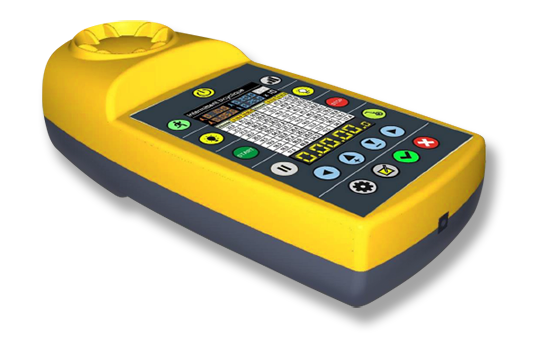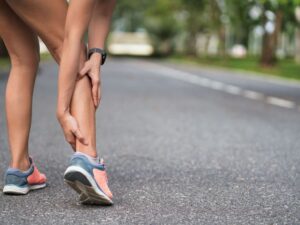Body Aches in the Sport
1.Understand
The body aches and in sport, the sensations of muscle pain and stiffness that occur after intense physical exertion, are a common experience for many athletes. Although they are often considered a minor inconvenience, they can have a significant impact on individual performance and overall well-being. In this article, we will explore in depth the origins of body aches, discuss the best strategies to prevent them and examine the most effective methods to manage them.
Origin of Body Aches
When an individual engages in intense or unusual physical exercise, muscle fibers undergo microtraumas, triggering a complex process that results in the sensation of soreness. These microtraumas cause tiny damage to the muscle fibers, which triggers a natural inflammatory response of the body.
The inflammatory reaction is a defense response of the body to repair damage and promote the healing of muscle tissue. This inflammatory reaction also causes an accumulation of lactic acid in the muscles, a metabolic by-product of energy production during intense exercise.
The accumulation of lactic acid contributes to the pain and stiffness characteristic of body aches. In addition, this accumulation of lactic acid can cause a burning sensation or muscle fatigue during and after exercise.
The da aches, scientifically known as “delayed onset myalgia” (MADR), usually manifest 24 to 48 hours after exercise, although their intensity may vary depending on several factors. The intensity of physical exertion, the duration of the exercise, the level of individual fitness and muscle sensitivity can all influence the appearance and severity of body aches.
It is important to note that aches are not necessarily indicative of a serious injury, but rather of a normal adaptation of the body to intense physical exertion. However, proper recovery and care can help alleviate discomfort and promote muscle healing.
2.Prevention of Body Aches
While it is difficult to completely avoid aches, there are effective strategies to minimize them:
Proper Warm-up: Proper warm-up before exercise helps prepare the muscles for future exertion, reducing the risk of microtrauma and body aches.
Gradual progression: Gradually increasing the intensity and duration of the exercise allows the muscles to gradually adapt, thus reducing the risk of aches.
Hydration and nutrition: Maintaining good hydration and a balanced diet promotes muscle recovery and reduces the risk of cramps and aches.
Stretching: Stretching after exercise can help relieve muscle tension and reduce the risk of soreness. It is important to perform them in a gentle and controlled way to avoid aggravating the microtrauma.
3.Management of Body Aches
If, despite the precautions taken, aches occur, here are some tips to manage them effectively:
When you experience muscle aches, it is essential to give your muscles time to recover properly. This means avoiding intense physical activities that could aggravate muscle microtraumas until the aches disappear. By allowing your muscles to rest, you promote their repair and recovery, which is crucial to prevent injuries and maintain optimal long-term performance.
In addition to rest, massage is an effective method to relieve muscle tension and accelerate recovery. A gentle massage can help relax tense muscles, improve blood circulation and eliminate toxins accumulated in muscle tissues. This also promotes better oxygenation of the muscles, which helps speed up the healing process.
Light and gentle stretches are also beneficial to relieve muscle stiffness associated with aches. Stretching helps improve muscle flexibility, prevent tension and promote a better range of motion. They can also help reduce the discomfort caused by body aches by loosening tense muscles and improving their flexibility.
Finally, applying heat in the form of a hot shower or a hot compress can be effective in relieving aches. Heat helps relax muscles, improve blood circulation and reduce the sensation of pain and stiffness. It can also promote relaxation and stress relief, which contributes to faster and more effective recovery.
By combining these different recovery methods, you can help relieve body aches, promote muscle recovery and regain your full mobility and physical comfort faster. However, if the soreness persists or worsens despite these measures, it is important to consult a health professional for appropriate medical advice.
To conclude
In conclusion, although body aches are a common phenomenon in sport, they can be effectively managed with the right prevention and management strategies. By understanding the origin of body aches and adopting healthy habits, athletes can minimize their impact on their performance and overall well-being.


